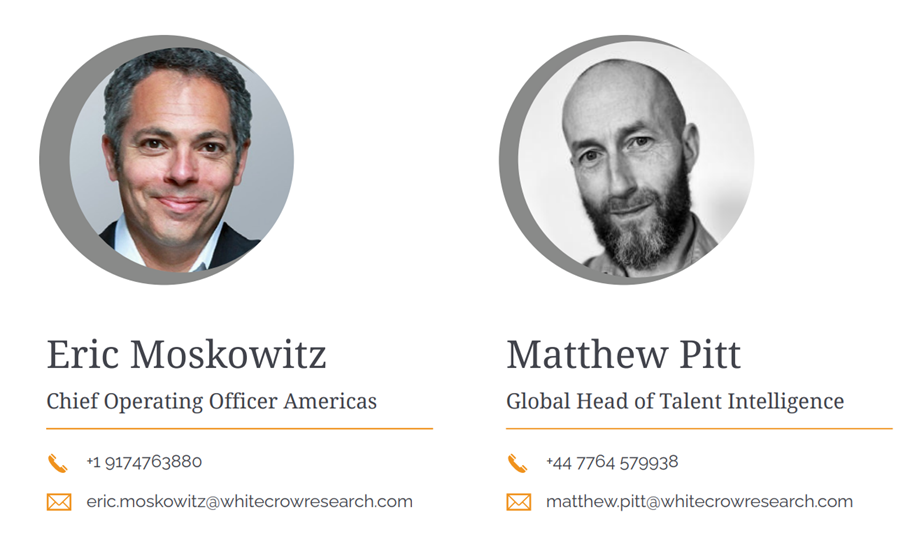The changing dynamics of remote, hybrid, and on-site work models have posed significant challenges for Talent Acquisition (TA) leaders in their quest to attract top-notch candidates.

As large companies continue to march towards an end to remote working [even anti-hybrid tech stalwarts Google (Alphabet) and Facebook (Meta) are 3 days a week], attracting candidates in a tight job market has been extremely challenging. According to a recent WhiteCrow Research study, 43% of technical candidates approached for a desirable role at a top global technology company said they were not willing to come into the office – at all. The percentage grows even higher for female candidates in the Americas.
As we move past the Great Resignation of 2022, job markets have further tightened, leading to cuts in TA budgets and requisitions. As we head into the second half of 2023, WhiteCrow has spoken to numerous regional and global TA leaders about dealing with this different landscape. Global TA leaders say they are busily reorganizing and restructuring their hiring strategies to thrive not just in the near term but also in 2024.
One Solution: Adaptable Hybrid Model
Many companies are struggling to attract new candidates by only offering an inflexible hybrid policy. One consumer client (Fortune 100) has adopted a workaround: No 2- or 3-day hybrid requirement, but a commitment for any new hire to come in one week a month or a pre-arranged in-office schedule approved by their manager. “We have found this year that offering more autonomy and control to individual teams and initiatives has allowed us to hire better candidates—call it our new adaptable hybrid policy,” says one senior TA manager who is a WhiteCrow client. In order to attract more IT candidates, another global company has recently changed its policy back from hybrid to remote, with the exception of coming into the office for critical meetings.
Resistance in the Financial Services Sector
While this approach has shown promise in certain industries, the financial services sector remains resistant to increased flexibility because of the need for companies to justify their commercial real estate footprint. With many financial companies reverting to a 5-day in-office workweek, candidates need to recognize the belief that new hires will be more productive and successful within the office environment, says a financial services regional head of TA. “The fast-moving nature of digital and technology projects in our organization often demands in-person meetings and informal working sessions at a moment’s notice.”
Unlocking Success: Empowering Talent and Improving Employee Experience
TA leaders believe that an adaptable hybrid model, however, when implemented effectively, empowers new hires and enhances the overall employee experience. Achieving this level of flexibility requires concrete and accountable productivity metrics. With such an approach, companies can not only attract but also retain the right talent, ensuring their success in the second half of 2023 and beyond into 2024.
Conclusion
As the talent landscape continues to evolve, the Adaptable Hybrid Model emerges as a powerful strategy for attracting and retaining the best candidates. By providing candidates with the flexibility to choose their on-site commitment and maintaining productivity metrics, companies can secure their position at the forefront of the competitive job market. Embracing this approach will undoubtedly be crucial in navigating the changing dynamics of talent acquisition in the years to come.
Contact
To discuss any of the issues covered in this document or to obtain additional information on Whitecrow Research’s Talent Intelligence capabilities, please contact:

